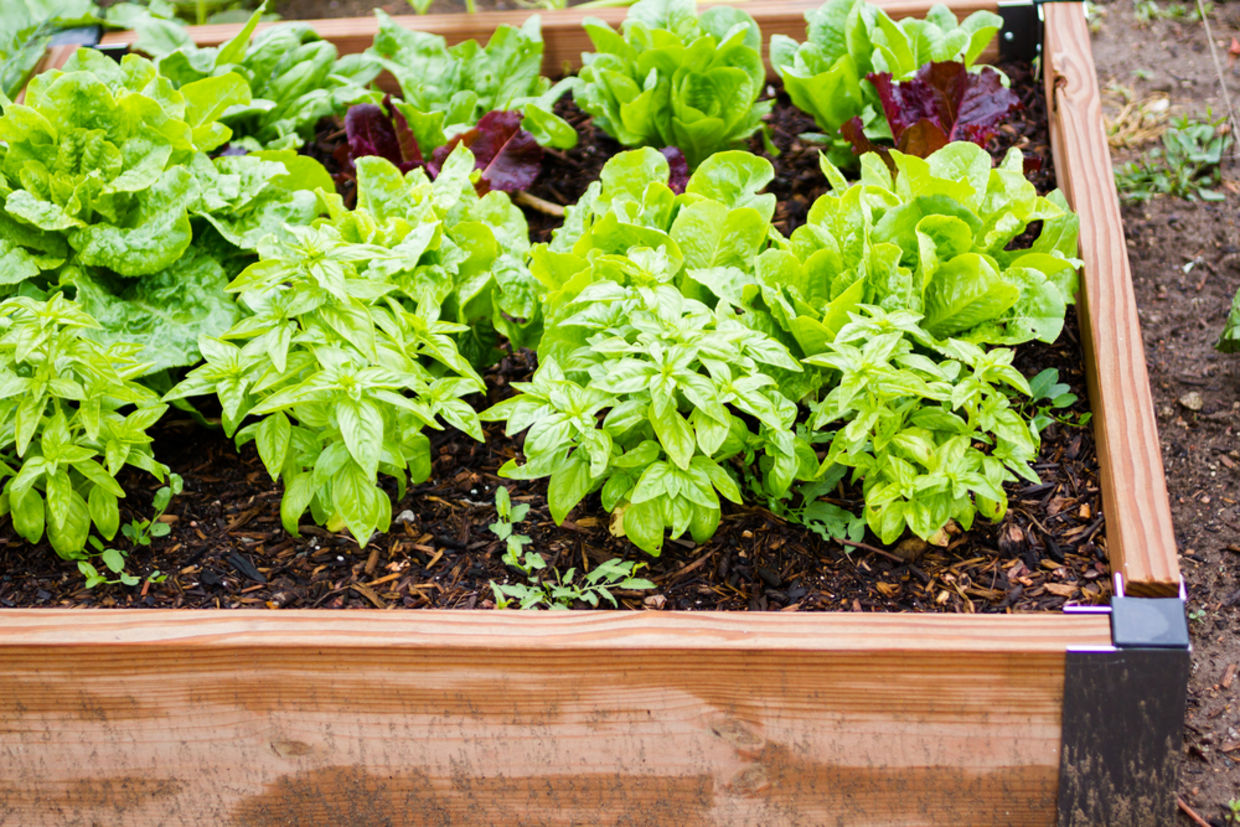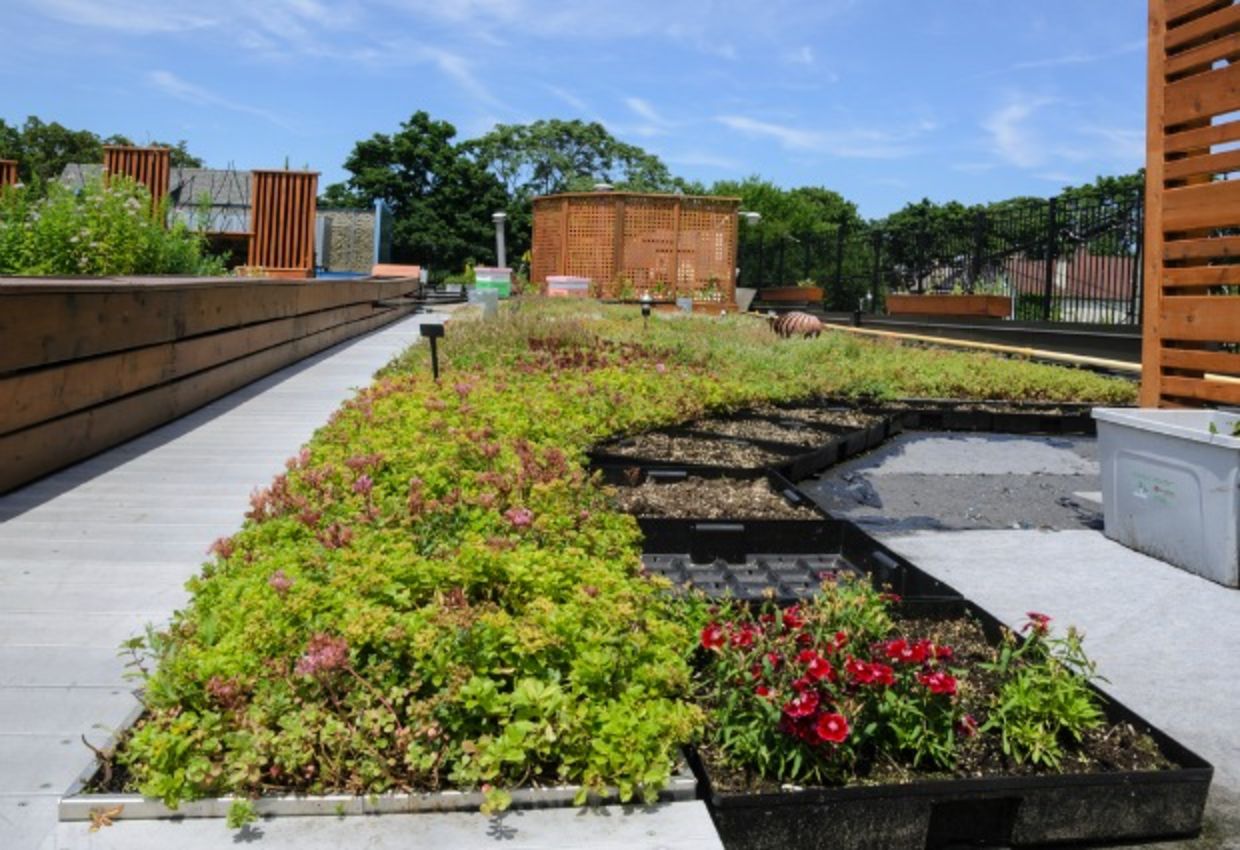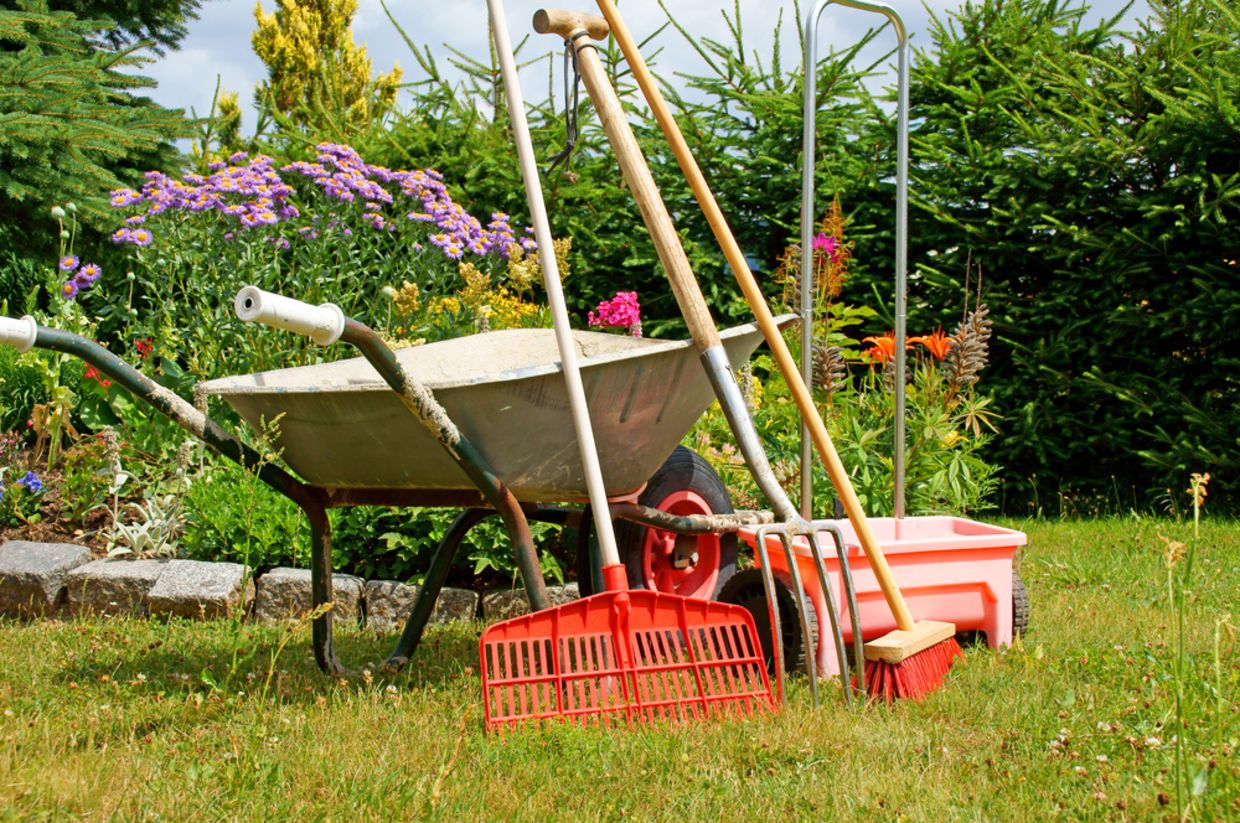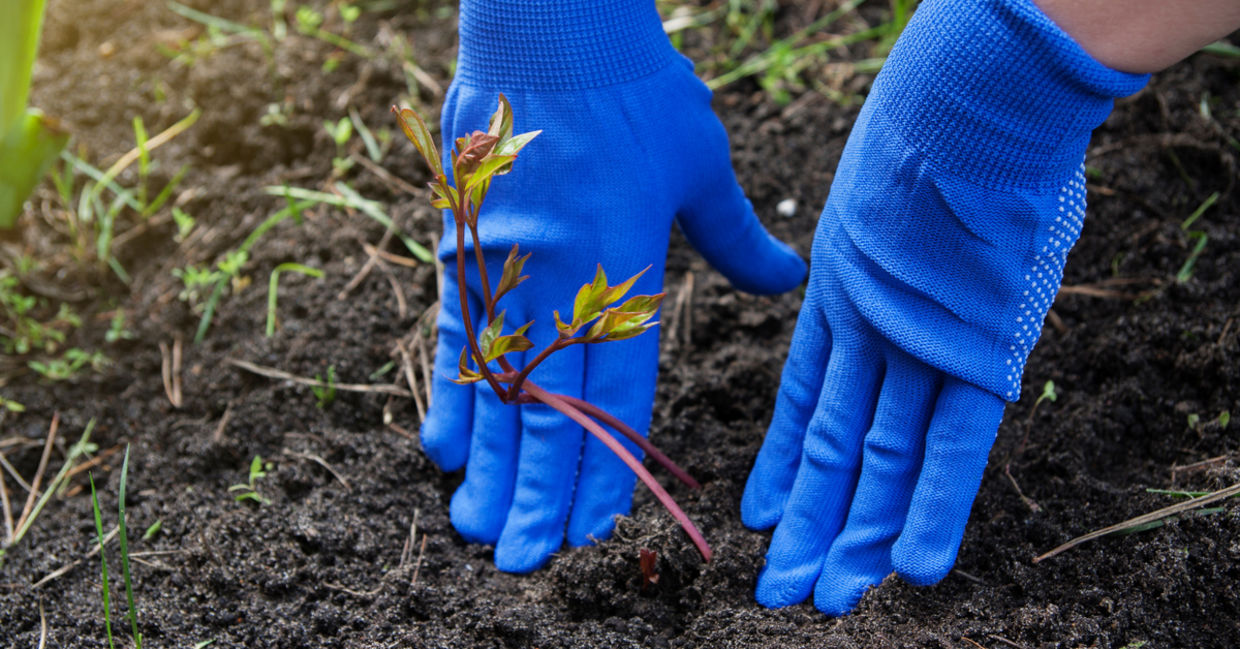
Good Deeds Day is a global movement for doing good that unites over 60 countries around the world (Arina P Habich / Shutterstock.com)
International Good Deeds Day is coming up on April 10, 2016 and there’s no time like the present to start planning your ‘do good’ activity. Whether it’s renovating a home, organizing a community garage sale, or hosting a blood drive, International Good Deeds Day is all about making a positive impact in your community.
For those with a green thumb, a passion for the environment, or just a desire to bring people together, International Good Deeds Day is the perfect opportunity to start an urban gardening project. Here are four easy steps for transforming an empty lot or unused space into a green oasis for everyone to enjoy.
1. FIND A SUITABLE PLOT OF LAND
Approach your local municipality, private companies, churches, or schools in your area to inquire about starting an urban gardening project on their unused land. Make sure the site has clean soil, plenty of sunlight, and access to water.
HERE’S A TIP: Before starting your project, create a schedule for different volunteers to care for the garden year-round.

A rooftop also makes a great location for urban garden (Alison Hancock / Shutterstock.com)
2. PURCHASE YOUR SUPPLIES
Make a shopping list for your gardening supplies. You’ll need seeds, soil, and gardening tools. Don’t forget to purchase seeds for vegetables that are suitable for the climate and location.
HERE’S A TIP: Ask gardening supply stores, farmer’s markets, or plant nurseries to donate to your urban gardening project. Explain it’s for Good Deeds Day and the project is 100 percent volunteer-based!

Make sure to have the gardening supplies accessible so community members can help upkeep the garden anytime (PhotographyByMK / Shutterstock.com)
3. PREPARE YOUR PLOT
Prepare the plot by uprooting weeds and loosening and conditioning the soil with compost. Water the soil and prepare beds for planting. Plant your seeds and water them regularly.
HERE’S A TIP: Check drainage by soaking the soil with a hose, waiting a day, then digging up a handful of soil. Squeeze the soil hard. If water streams out, you'll probably want to add compost or organic matter to improve the drainage

While it's nice to have herbs and vegetables in your garden, plant some flowers as well to help beautify the space (malven / Shutterstock.com)
4. ENJOY YOUR GARDEN!
Time to enjoy the fruits of your labor! You now have fresh produce for your community, a greener neighborhood - and a new hobby.
HERE’S A TIP: Plan an event for your garden’s first harvest to bring the community together.
YOU MIGHT ALSO LIKE:
5 Herbs and Veggies That Love Growing Indoors
A Beginner’s Guide to Greening Your Apartment
7 Winter Vegetables That You Can Plant Right Now
Goodnet was initiated by Shari Arison and is operated by The Ted Arison Family Foundation. Shari Arison is also the initiator of Good Deeds Day.







